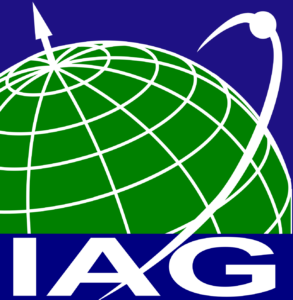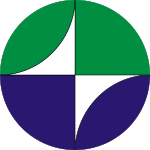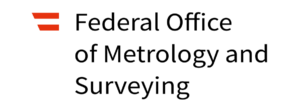SC 4.4: Engineering Geodesy
Chair: Janis Kaminskis (Latvia)
Vice-Chair: Eimuntas Parseliunas (Lithuania)
Terms of Reference
Engineering geodesy focuses on the capture, setting-out, and monitoring of local and regional geometry-related phenomena, emphasizing quality assessment, sensor systems, and reference frames. An engineering geodesist must possess advanced technical skills and be well-versed in the terminology of adjacent disciplines and related industries. As an application-oriented science, engineering geodesy employs its own conceptual and methodological approaches. Initially defined by its applications in civil engineering, it is increasingly recognized as a discipline within an interdisciplinary field. The development and optimization of measurement concepts, setups, and data analysis strategies, considering both technical and non-technical criteria and employing theoretical-methodological as well as numerical simulation and optimization techniques, are among the core competencies of engineering geodesy.
This Sub-Commission intends to unite scientists, researchers, and professionals under the theme: “Engineering geodesy – continuous innovation in modern space andtime”. Looking forward, we anticipate that engineering geodesy will continue to evolve technically and creatively, leading to innovative developments and next-level technical achievements.
Objectives
- Surveying and field measurements.
- Setting-out is defined as the transfer of predetermined geometric dimensions from a planning model to the construction site.
- Monitoring based on data acquisition, observation, and supervision of natural and artificial systems.
- Geometry-related phenomena (to determine and model further spatial parameters).
- Quality assessment and management (quality of the measurements and analysis of results).
- Sensor technology and geodetic metrology.
- Reference systems (observation domain and coordinate domain).
Program of Activities
- To promote research collaboration among geodetic groups and other branches worldwide dealing with engineering geodesy.
- To organize and/or participate in scientific and professional meetings (workshops, conference sessions, etc.).
- To maintain a web page concatenating the Sub-Commission’s activities and reports.
- To encourage journal special issues on research, applications, and activities related to the topics of this Sub-Commission.
- Close cooperations with other entities of the IAG and GGOS.



